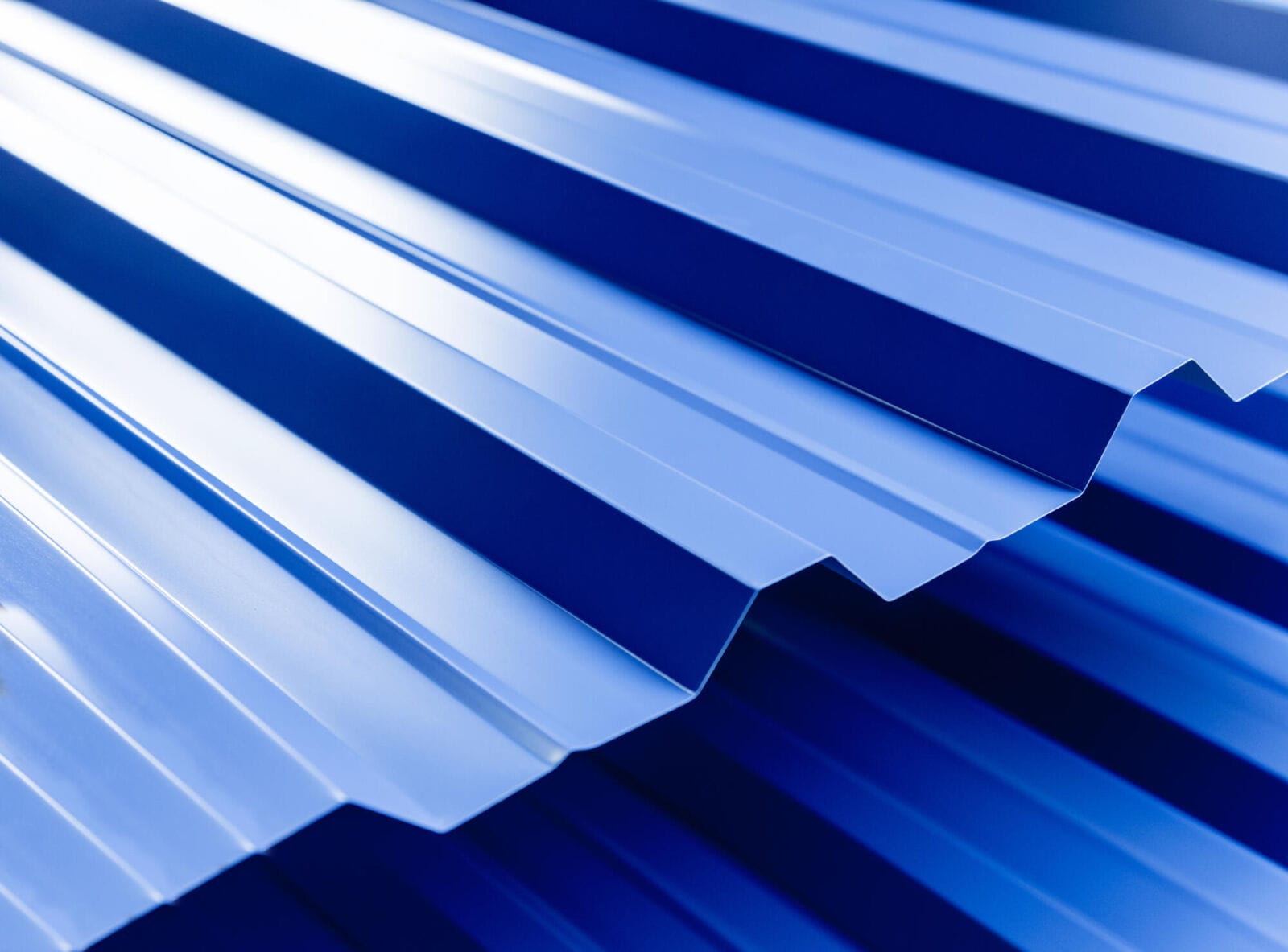Roof flashing plays a key role in protecting your home or building from the elements. It serves as a barrier, guiding rainwater away from critical areas such as chimneys, vents, skylights, and roof valleys, where water intrusion could lead to costly damage. Choosing the right material for roof flashing is crucial, as it impacts not only the longevity of the roof but also the overall maintenance needs. One of the most reliable materials for this purpose is stainless steel sheet, thanks to its durability, strength, and long-term cost-effectiveness.
Stainless steel sheet has become a preferred choice for roof flashing due to its exceptional properties. Unlike other materials, such as galvanized steel or aluminium, stainless steel offers superior corrosion resistance, which ensures the flashing remains functional for many years without frequent maintenance. In this article, we’ll explore the many benefits of using stainless steel sheet for roof flashing and discuss the best practices for installing and maintaining it effectively.
Benefits of Using Stainless Steel Sheet for Roof Flashing
1. Corrosion Resistance
The primary function of roof flashing is to provide a watertight seal in areas prone to water infiltration. Flashing made from materials like galvanized steel may eventually succumb to rust when exposed to moisture, especially after the protective zinc coating wears off. Stainless steel sheet, on the other hand, is inherently resistant to corrosion, which makes it ideal for flashing applications.
Stainless steel contains chromium, which reacts with oxygen in the atmosphere to form a protective layer, preventing rust. This property is particularly valuable in harsh environments, such as coastal areas where salt can accelerate corrosion. With stainless steel flashing, you don’t have to worry about rust causing leaks or other issues, ensuring that your roof remains leak-free over its lifespan.
2. Strength and Durability
Roof flashing must endure not only water but also the physical demands of weather conditions, including high winds, hail, and heavy snowfall. Stainless steel sheet is exceptionally strong and can withstand these conditions without warping, denting, or cracking. Aluminium, while resistant to rust, is much softer and more susceptible to damage. By opting for stainless steel, you can rest assured that your flashing will hold up under pressure and continue to protect your roof over time.
3. Low Maintenance Requirements
One of the key advantages of stainless steel sheet for roof flashing is that it requires very little maintenance. Unlike other materials that may need to be coated or painted to prevent corrosion, stainless steel retains its protective qualities without the need for frequent interventions. This means fewer headaches, lower maintenance costs, and less need for ongoing monitoring. When properly installed, stainless steel flashing can perform effectively for decades with minimal upkeep, making it an efficient and practical choice for homeowners and builders alike.
4. Cost-Effectiveness Over the Long Term
The initial cost of stainless steel sheet might be higher compared to other materials, but it’s essential to think beyond upfront expenses. In the long run, stainless steel is highly cost-effective. Its durability means that replacement frequency is greatly reduced, and the maintenance costs are minimal. This translates into long-term savings, making stainless steel flashing a smart investment. The cost-effectiveness is further enhanced by the fact that stainless steel is recyclable, which means you’re contributing to sustainability efforts as well.
5. Aesthetic Appeal
Stainless steel is also popular due to its sleek and modern appearance. For buildings that emphasize architectural aesthetics, stainless steel flashing offers a clean and professional look that doesn’t deteriorate with age. Unlike materials that discolor, warp, or require painting, stainless steel maintains its attractive finish, complementing the visual appeal of the overall structure.
Best Practices for Installing Stainless Steel Roof Flashing
To maximize the benefits of stainless steel sheet for roof flashing, proper installation is crucial. Here are some best practices to ensure the effectiveness of your flashing:
1. Accurate Measurement and Cutting
Accurate measurement and cutting are essential when working with stainless steel sheet for flashing. Stainless steel is a sturdy material, and improper cuts can leave gaps that allow water infiltration. Be sure to use the right tools—such as tin snips or a powered shear—to achieve precise cuts. It is also important to fit the flashing tightly around chimneys, vents, and roof valleys to create a seamless barrier.
2. Use the Right Fasteners
Mixing different metals can lead to galvanic corrosion, which occurs when two dissimilar metals come into contact in the presence of moisture. To avoid this, always use stainless steel fasteners when installing stainless steel flashing. This helps maintain a consistent level of corrosion resistance throughout the installation and prevents issues that could compromise the performance of the flashing.
3. Seal Joints and Overlaps Properly
Even though stainless steel is corrosion-resistant, joints and overlaps are vulnerable areas that must be carefully sealed to prevent water from penetrating. Using a high-quality, weather-resistant sealant is essential for creating a watertight seal in these areas. Make sure to apply the sealant generously and evenly, ensuring that no gaps are left unprotected.
4. Allow for Thermal Expansion
Like any metal, stainless steel expands and contracts with changes in temperature. This movement can put stress on the flashing if it is not accounted for during installation. Be sure to leave enough space for slight movement when securing stainless steel flashing, which will prevent warping or buckling as temperatures fluctuate.
Maintenance Tips for Stainless Steel Roof Flashing
While stainless steel sheet is low maintenance, a few simple practices can extend its lifespan even further:
- Regular Inspections: It’s a good idea to inspect the flashing at least once a year and after major storms. Look for any signs of damage, such as loose fasteners, gaps, or physical dents, and address these issues promptly to maintain the effectiveness of the flashing.
- Cleaning: In areas with high pollution or coastal conditions, stainless steel flashing may accumulate dirt or residue over time. Cleaning it periodically with a mild soap and water solution can help maintain its appearance and ensure there’s no buildup that could interfere with its protective function.
Conclusion
Stainless steel sheet is a top choice for roof flashing, offering unmatched durability, corrosion resistance, and long-term value. While the initial cost may be higher compared to other materials, the benefits of using stainless steel—low maintenance requirements, exceptional strength, and long-lasting performance—far outweigh the initial investment. Whether you are looking to protect your roof from leaks, reduce long-term maintenance costs, or add a polished aesthetic touch to your building, stainless steel flashing provides a reliable solution.
By following best practices during installation and conducting simple routine maintenance, stainless steel sheet can ensure that your roof remains effectively protected for decades to come. When it comes to roof flashing, making the right choice today can prevent costly repairs in the future, and stainless steel is clearly the material that offers both performance and peace of mind.




